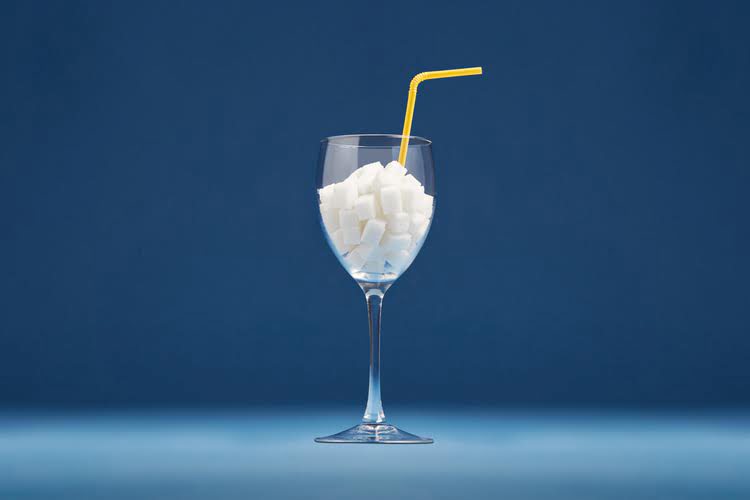Healthcare providers and the medical community now call substance addiction substance use disorder. The American Psychiatric Association’s Diagnostic and Statistical Manual of Mental Disorders (DSM-5) has concrete diagnostic criteria for substance use disorders. Physical dependence is when the body requires a specific dose of a particular drug, such as a prescription opioid1, in order to prevent withdrawal symptoms.
- These are known as “triggers.” Something as simple as the act of driving can trigger a desire to use.
- Treatment must address withdrawal symptoms and potential relapses if it occurs.
- For example, a person may drink alcohol when they feel stressed but otherwise feel no compulsion to drink.
- It doesn’t use the terms abuse and dependence to categorize the severity of an addiction.
Get Professional Help
- When addiction to a substance develops, it is called substance use disorder.
- But with continued use, a person’s ability to exert self-control can become seriously impaired.
- According to the latest Diagnostic and Statistical Manual of Mental Disorders (DSM-5), there’s not really a distinction between dependence and abuse anymore.
- However, treatment programs occur in various settings for different lengths of time.
- For example, a person with a caffeine dependence who stops drinking coffee may have withdrawal symptoms for a few days but then feel better.
While the diagnostic criteria vary for each type, the DSM-5 describes these disorders as a problematic pattern of use of intoxicating substances that leads to significant impairment and distress. These symptoms can result in impaired control, social impairment, risky use, and tolerance/withdrawal. ‘Dependence’ is a term used to describe a person’s physical and psychological loss of control due to substance abuse.
Mental vs. physical dependence
The only way to overcome this is by accepting you have a problem and reaching out for help. Whether you’re in the early stages or have a full-blown disorder, the earlier you get help, the greater your odds of overcoming this successfully. The longer you let this fester, it’ll only hurt you worse in the long term. If this happens, or if you have been drinking or using drugs, such as opioids—illicit or prescribed, other prescription medications, stimulants, cocaine, or meth—you should seek medical help immediately. Alcohol use disorder is the most common substance addiction in the United States, followed by nicotine and marijuana. About 10% of people aged 12 or older in the U.S. have alcohol use disorder.
Treatment for Addiction and Dependence

These can lead to biochemical changes in the brain, influencing compulsive substance use despite negative consequences. Just like a tree needs to be treated at the root to grow healthy branches, addressing physical dependence is vital to treating addiction. Recovery is possible, and seeking professional help is the first step towards a healthier and happier life. Have you developed withdrawal symptoms or failed attempts to quit using or drinking? Addiction refers to compulsive substance misuse despite the negative consequences, while dependence refers to physical reliance on a substance.
Treatment for Addiction & Dependency
This is why recent evidence-based literature clearly defines the difference between addiction and physical dependence in drug use. As with other diseases and disorders, the likelihood of developing an addiction differs from person to person, and no single factor determines whether a person will become addicted to drugs. In general, the more risk factors a person has, the greater the chance that taking drugs will lead to drug use and addiction. Risk and protective factors may be either environmental or biological. Effective programs usually include many components, designed to help the individual stop using drugs, maintain a drug-free lifestyle, and fulfill their obligations to their family and in the workplace.
What environmental factors increase the risk of addiction?
Addiction is in its own category and is characterized as changes in behavior, which are caused by the biochemical changes in our brain due to prolonged substance abuse. Getting and using drugs become the main focal point in the person’s life, despite any and all consequences that may follow. For example, if a person is arrested for using drugs and leaves jail to pick up more, Top 5 Advantages of Staying in a Sober Living House they’ve likely developed an addiction. Addiction causes individuals to act erratic or irrational when they cannot get more of their drug of choice. While addiction to substances has often appeared clear-cut, there’s some controversy about what substances are truly addictive. The DSM-5 doesn’t currently include other behavioral addictions due to a lack of research on them.
- Whether you’re in the early stages or have a full-blown disorder, the earlier you get help, the greater your odds of overcoming this successfully.
- That said, for many, but not all, substances, tolerance and withdrawal are often part of the package of symptoms of a substance use disorder.
- Healthcare providers and the medical community now call substance addiction substance use disorder.
- People used to believe that addiction only happened in certain areas, like in inner cities, or among specific groups of people, like those who were down and out.
- Some people may start to feel the need to take more of a drug or take it more often, even in the early stages of their drug use.
- The roots of the tree represent the physical dependence on a substance, while the branches and leaves represent the compulsive behaviour of addiction.
- To reiterate, the DSM-5 dropped the categories of “substance dependence” and “substance abuse,” and so the claim that substance abuse disorder is the preferred term for drug addiction is inaccurate.
This reduces the high that the person feels compared to the high they felt when first taking the drug—an effect known as tolerance. They might take more of the drug to try and achieve the https://thefremontdigest.com/top-5-advantages-of-staying-in-a-sober-living-house/ same high. These brain adaptations often lead to the person becoming less and less able to derive pleasure from other things they once enjoyed, like food, sex, or social activities.
Physical dependence on a substance (drug or alcohol) may be a component of addiction, but it does not itself equal addiction. Dependence is characterized by tolerance or withdrawal symptoms, and can be a consequence of many drugs, such as pain medications, stimulants, and antidepressants. Physical and psychological dependence on a drug is different, although many with addictions to drugs or alcohol have both.

